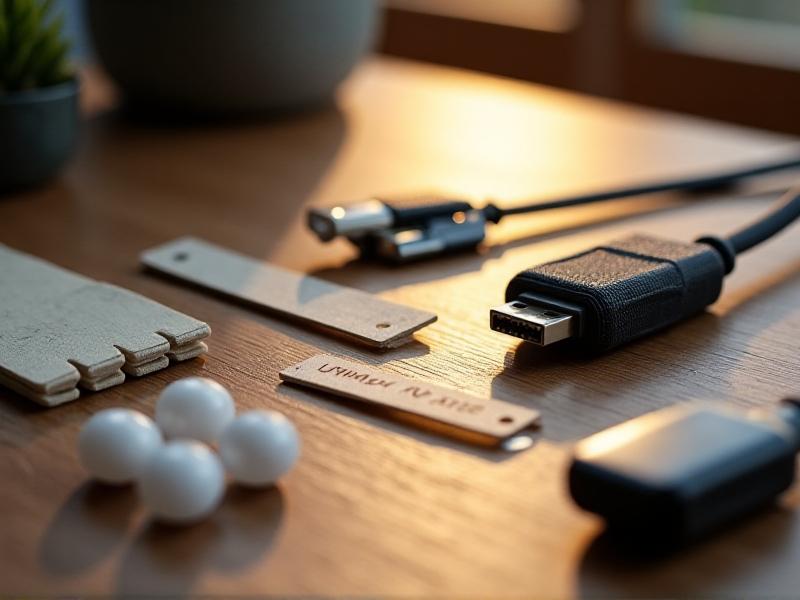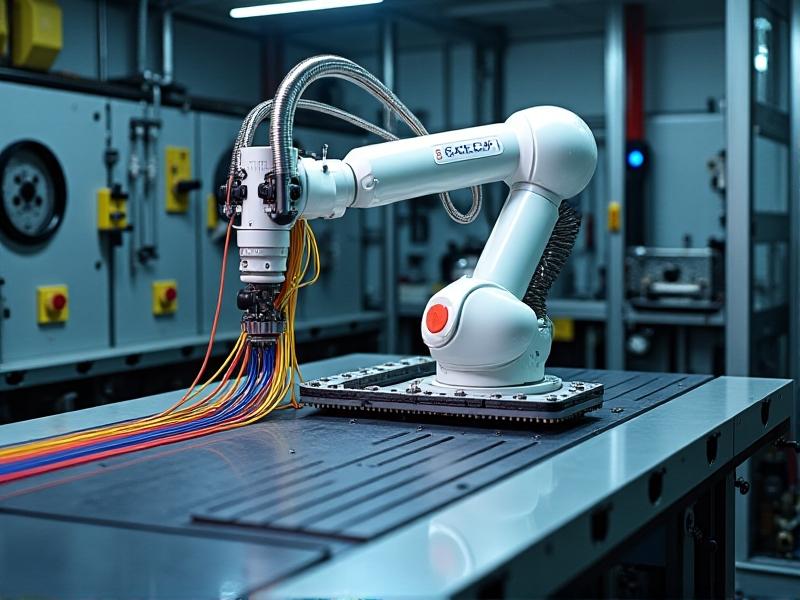```html
The Importance of Cable Management in Dynamic Environments
In spaces where movement is essential—whether a home office, gaming setup, or creative studio—cables often become obstacles. Poorly managed wires restrict positional freedom, creating tripping hazards, tangling risks, and visual clutter. Effective cable management isn’t just about tidiness; it’s about enabling seamless transitions between tasks. Imagine a workstation where you can shift from sitting to standing without yanking cords, or a VR setup where you pivot freely without snagging headsets. Strategic organization reduces friction, both physically and mentally, empowering users to focus on productivity or immersion rather than wrestling with cables.

Essential Tools and Materials for Flexible Wire Organization
The right tools transform chaotic cables into streamlined systems. Start with reusable velcro straps: their adjustable nature accommodates varying wire thicknesses and allows quick reconfiguration. For devices that move frequently, like charging stations or peripherals, consider retractable cables or magnetic connectors that detach safely when pulled. Flexible nylon braiding sleeves bundle multiple wires into a single, smooth channel, reducing snags. Adhesive-backed clips and cable trays keep cords anchored discreetly under desks or along walls. Label makers or color-coded tags add clarity, ensuring you can trace cables without unraveling the entire setup. By combining these tools, you create a modular system that adapts to evolving needs.

Designing a Workspace for Unrestricted Movement
Ergonomic design principles extend to cable management. Begin by mapping "movement zones"—areas where you stretch, pivot, or rearrange equipment. Route cables along the periphery of these zones using raceways or under-desk trays. For standing desks, use vertical cable spines that expand and contract with height adjustments. Position power strips within arm’s reach but outside high-traffic areas, securing them with industrial-strength hooks. Wireless peripherals reduce cable dependency, but for essential wired devices, leave enough slack to accommodate repositioning without tension. A well-planned workspace balances accessibility and order, ensuring cables enhance—not hinder—your workflow.

Advanced Techniques for Cable Routing and Positioning
For tech-heavy environments, advanced strategies like cable chains (energy chains) guide wires through articulated pathways, ideal for robotics or moving machinery. In home theaters, in-wall cable kits conceal wires entirely, maintaining a polished look. Use spiral wrap tubing for cables that bend frequently, preventing internal wear. For temporary setups, tensioned zip lines suspended from ceilings keep cables elevated and tangle-free. Dummy plugs or HDMI switchers minimize repeated plugging/unplugging, preserving ports. These methods prioritize durability and adaptability, catering to both stationary and mobile devices.

Maintaining Order: Tips for Long-Term Cable Management
Cable management is an ongoing process. Schedule monthly audits to check for wear, dust buildup, or loosened anchors. Use compressed air to clean ports and connectors, ensuring optimal performance. If rearranging devices, document your cable paths with photos or diagrams to simplify reinstallation. For shared spaces, label cables with user-specific tags to avoid confusion. Invest in surge protectors with individual switches to power down unused devices, reducing cable strain. By treating cable management as a routine, you preserve both functionality and aesthetics over time.
The Future of Cable Management: Innovations and Trends
Emerging technologies promise smarter solutions. Wireless power transfer pads eliminate charging cables entirely, while self-coiling cables with shape memory polymers retract automatically. IoT-enabled smart cables monitor power usage and alert users to faults. Modular furniture with built-in conductive surfaces could transmit power and data through surfaces, reducing visible wires. As augmented reality and wearable tech evolve, lightweight, tangle-resistant materials will prioritize mobility. These innovations aim to make cables invisible, intelligent, or obsolete—ushering in an era of true positional freedom.




